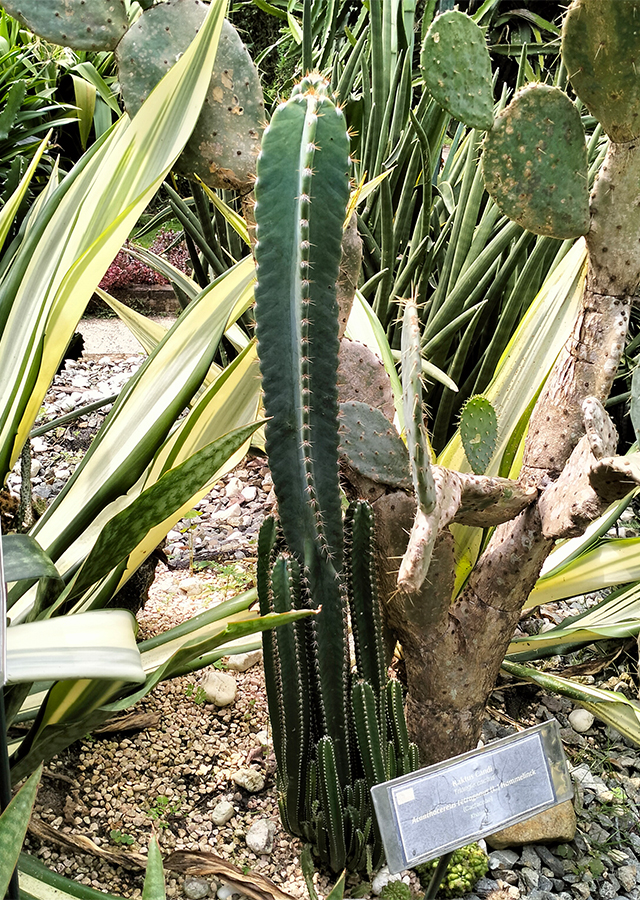Traditional Herbs from Acanthocereus tetragonus
minimize_internal_bleeding
- Take the stem of the temple cactus\u00a0wash it thoroughly and cut it into pieces.
- Soak it in a glass of water.
- Wait for a few moments.
- Strain then drink.
What is Acanthocereus tetragonus Looks like??



Parts of Acanthocereus tetragonus that could be used
- Trunk
Acanthocereus tetragonus Distribution
Acanthocereus tetragonus or known as the temple cactus, is a dry tropical and subtropical plant. Its natural distribution includes coastal areas of South Texas, Florida, the West Indies, Mexico, Central America, and northern South America and has been cultivated throughout the world. Temple cactus, endemic to Mexico and Central America. This plant produces fruit that can be consumed, and is used as an alternative food source in some Mexican communities. Temple cactus is also used to create living fences, especially in the lowlands of the Pacific coast. Apart from that, traditionally the temple cactus has also been used by the community as a medicinal plant, which is believed to be able to overcome various disease complaints.Agroecology of Acanthocereus tetragonus
Acanthocereus tetragonus can generally be found growing in sandy areas, lowland coastal areas. This plant can grow in light (sandy) and medium (clay) soil, well-drained in a sunny position, and is also able to grow in nutrient-poor soil. A. tetragonus likes dry soil conditions and can tolerate drought, as well as soil with an acidity level (pH) in the range of 6 - 7.5.
Morphology of Acanthocereus tetragonus
- Fibrous roots.
- Stems are dark green, columnar, branched and the branches gather vertically to form a \"fairy castle\" tower, curved, sharp-angled ribs, usually 3 on mature stems, 4-5 on juvenile stems, short white spines that grow along the ribs. The areoles are gray, the central areola has one to two spines up to 4 cm long, while the radial areola has six to eight spines up to 2.5 cm long.
- Flowers bisexual, The inner tepals are pure white, the outer tepals are greenish white, the stamens are yellow, the pistils are creamy white, slightly fragrant.
- Fruit is red, juicy, ovate to oval, about 2.5 cm in diameter, fruit surface shiny, sweet taste.
Cultivation of Acanthocereus tetragonus
- Plant propagation through seeds and cuttings\/stem cuttings.
- Propagation through seeds is done by removing the seeds from the flesh of the fruit and drying them thoroughly before sowing.
Acanthocereus tetragonus, more details :
Chemical Content of Acanthocereus tetragonusCarboxylic acids such as threonic, citric and malic acids, eucomic acid, sinapic acid, glycosylated flavonoids (luteolin-O-rutinoside).
Benefits of Acanthocereus tetragonus
Minimizes internal bleeding, acts as a diuretic.
Simplisia of Acanthocereus tetragonus
Another Facts for Acanthocereus tetragonus :
Synonym of Acanthocereus tetragonusCactus tetragonus L., Cereus dussii K.Schum., Cereus tetragonus (L.) Mill.
Habitus of Acanthocereus tetragonus
Succulents. Succulent, grows up to 2-7 m
Habitat of Acanthocereus tetragonus
- Coastal
No comments:
Post a Comment